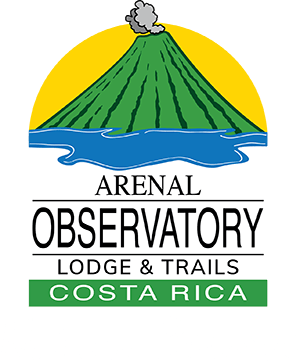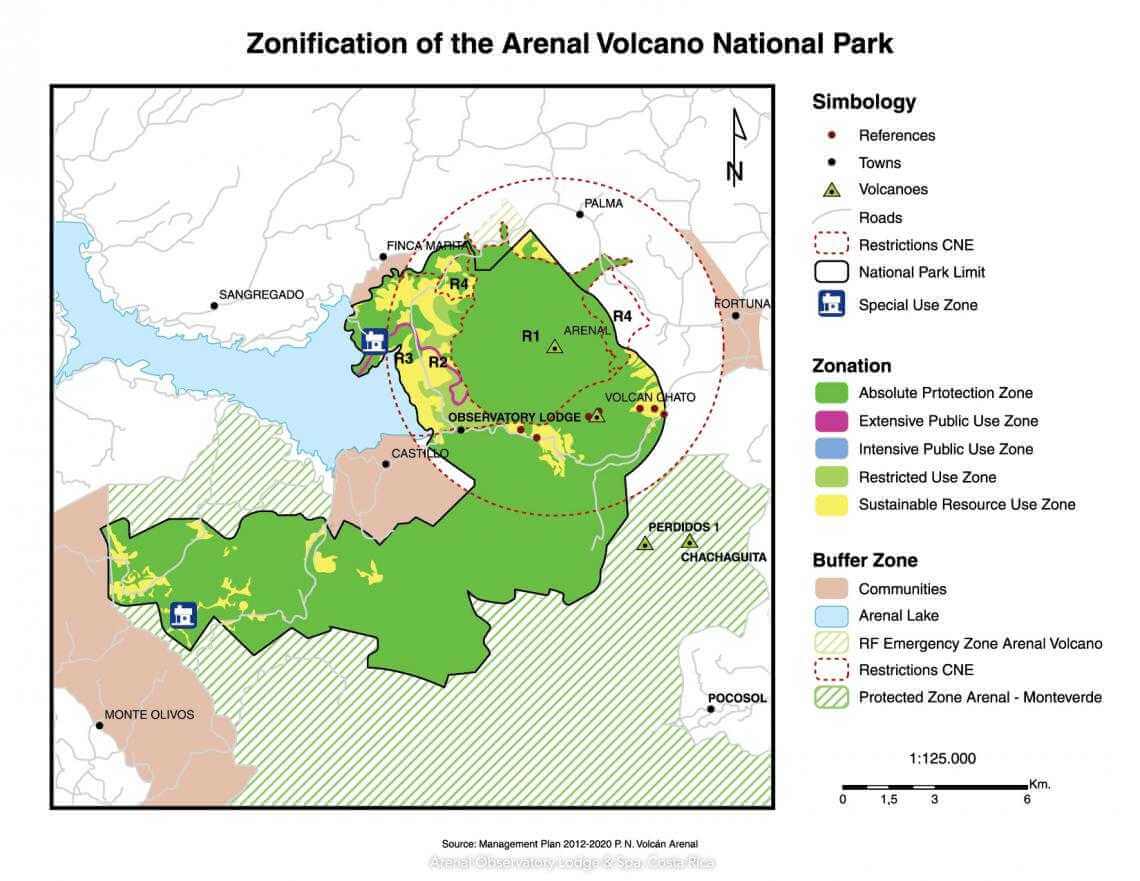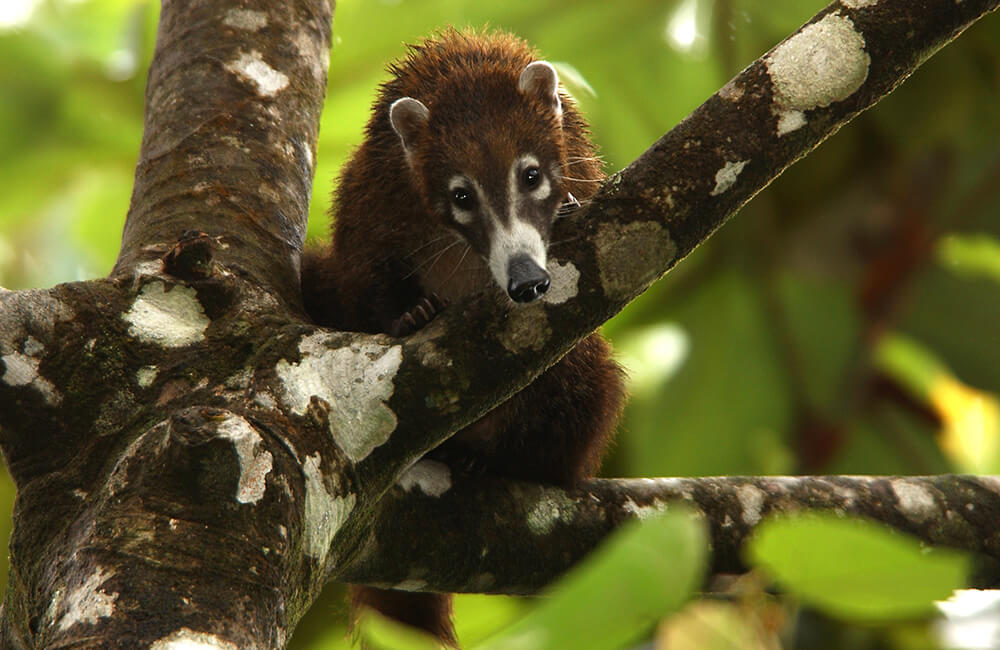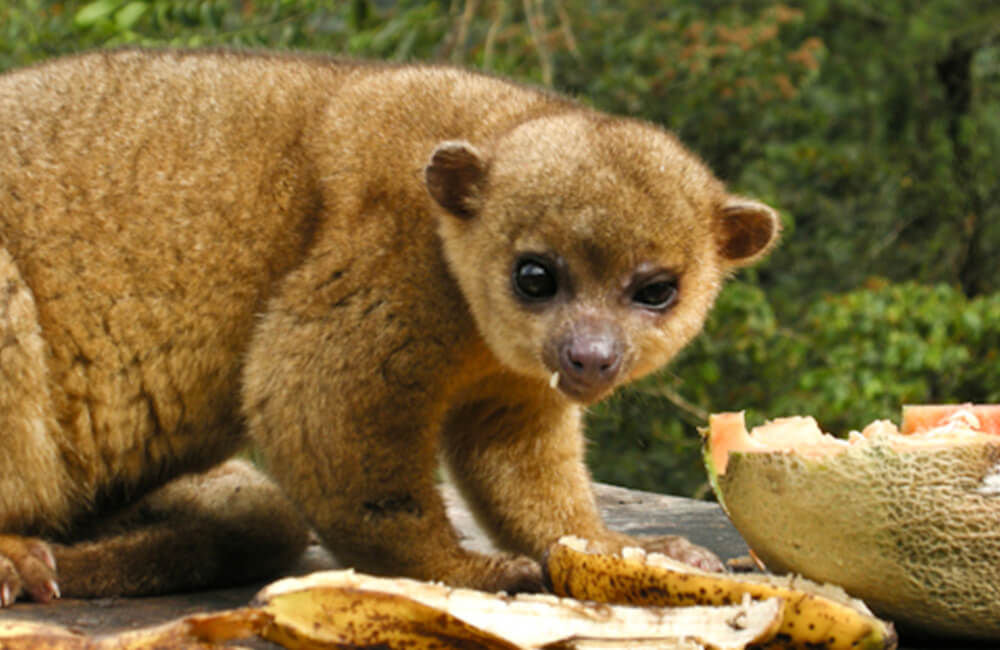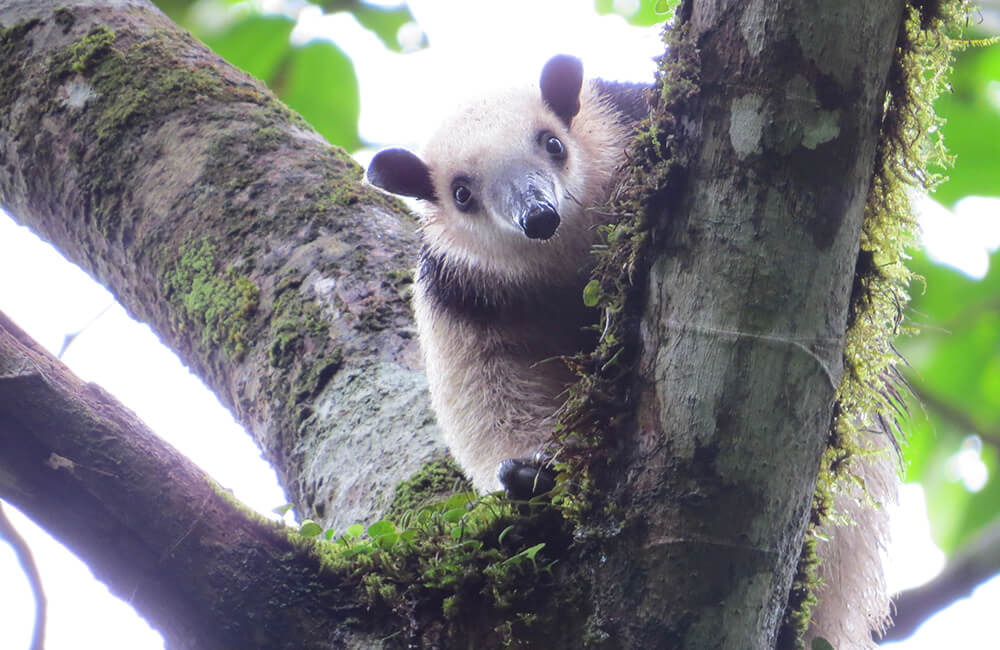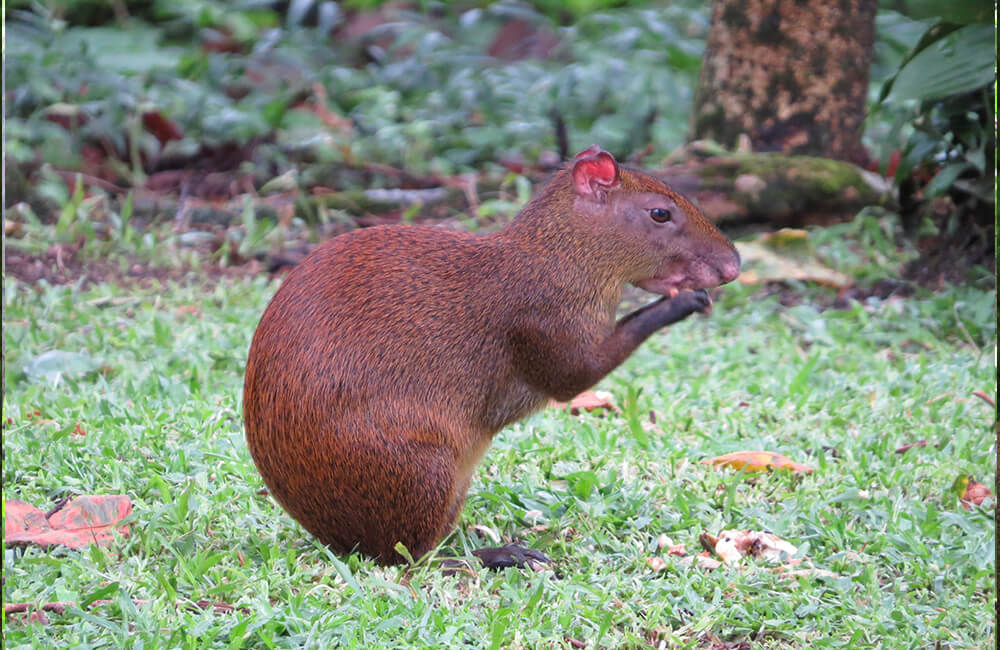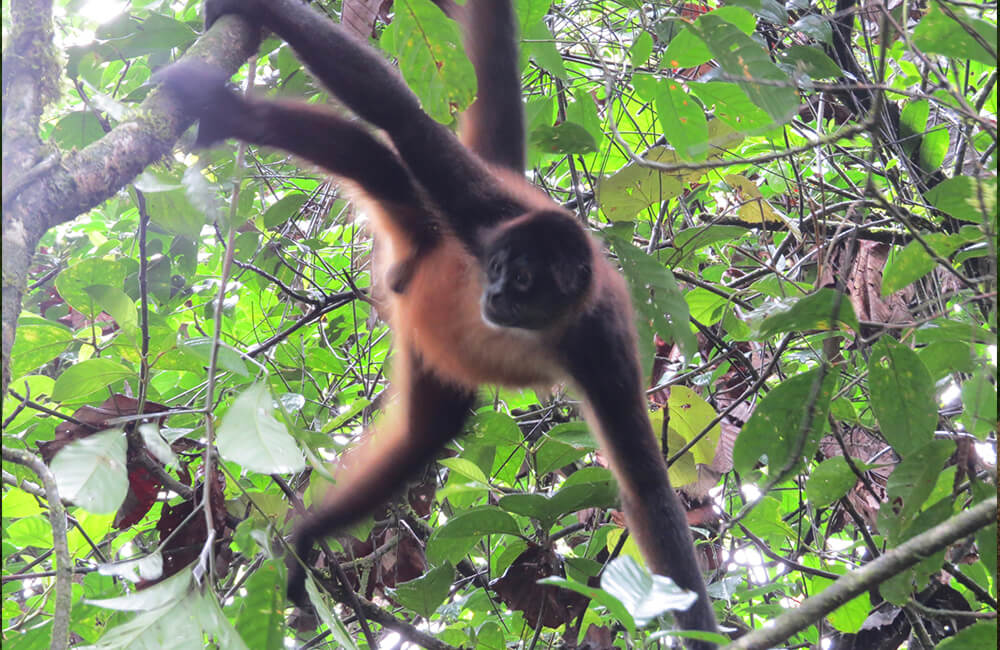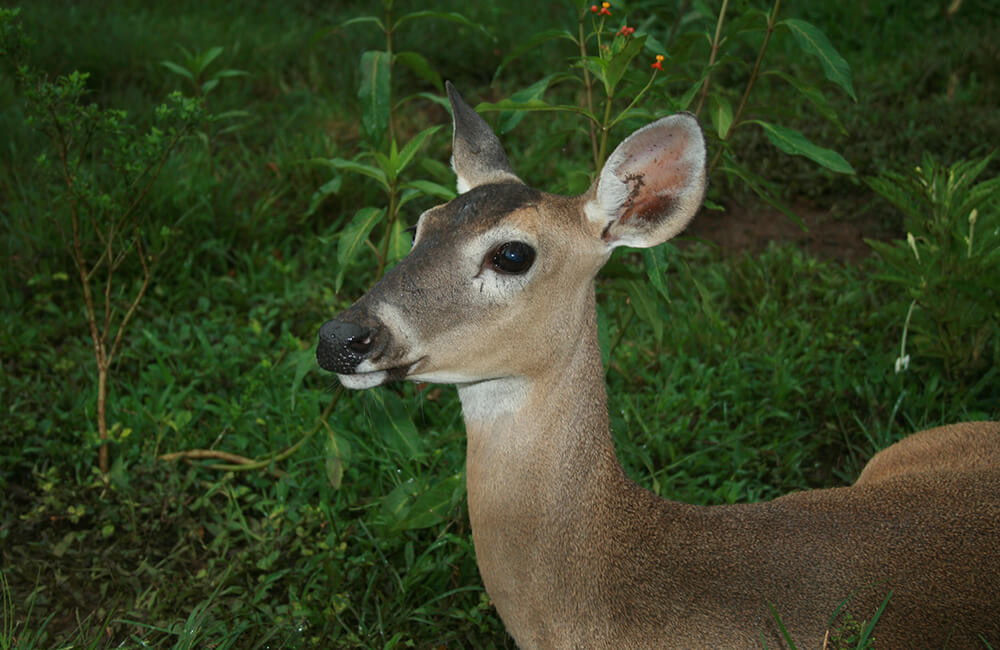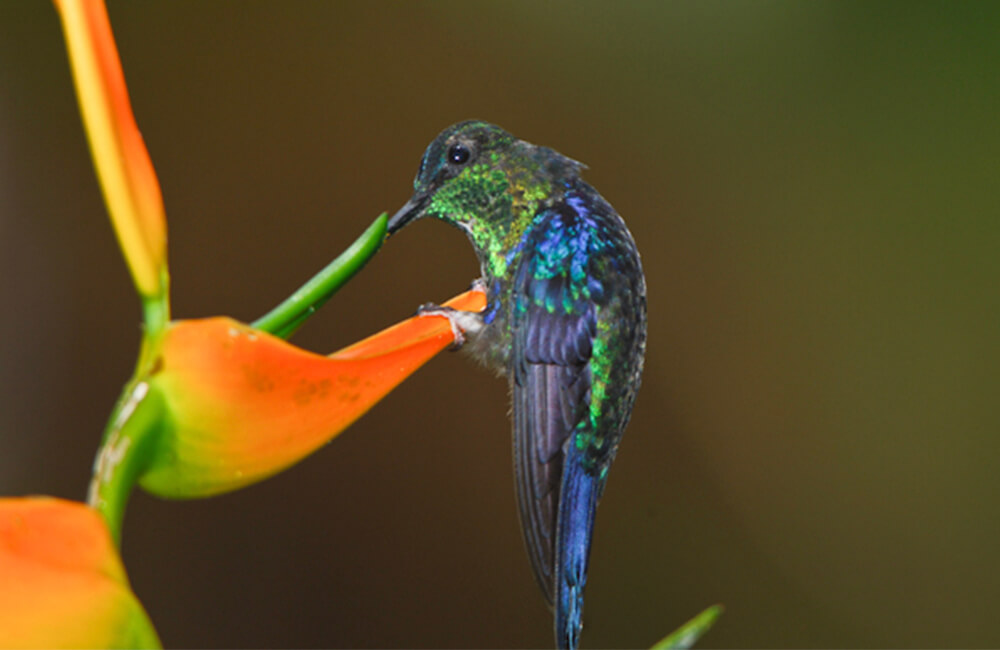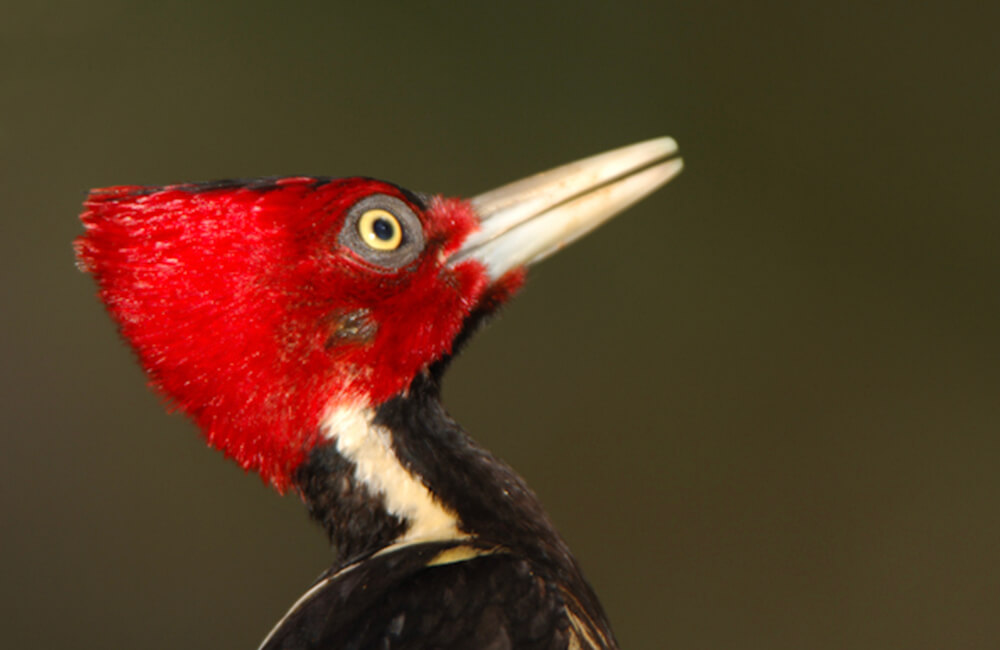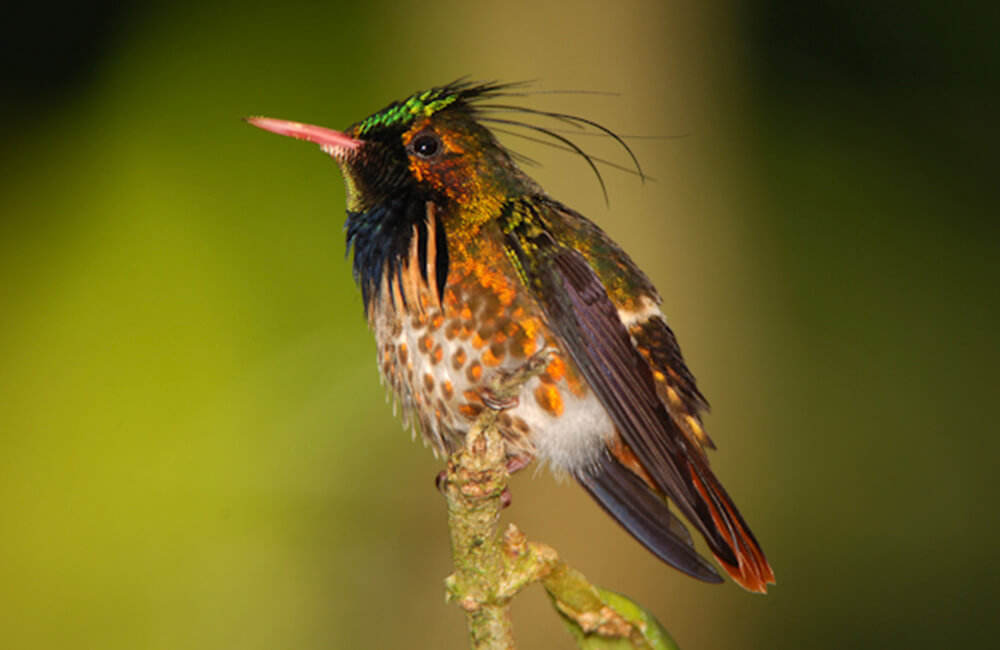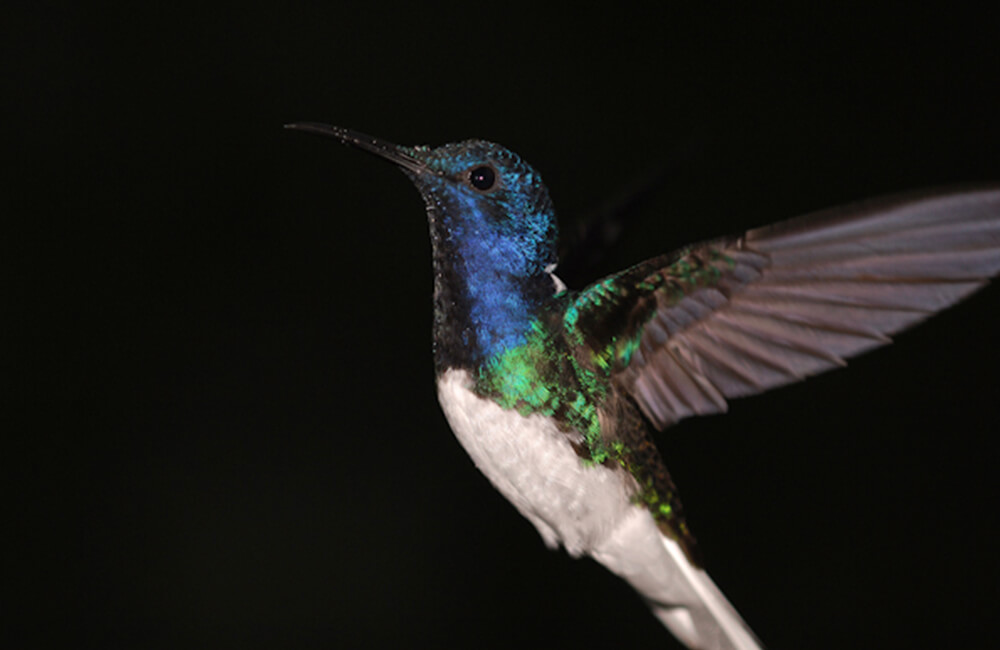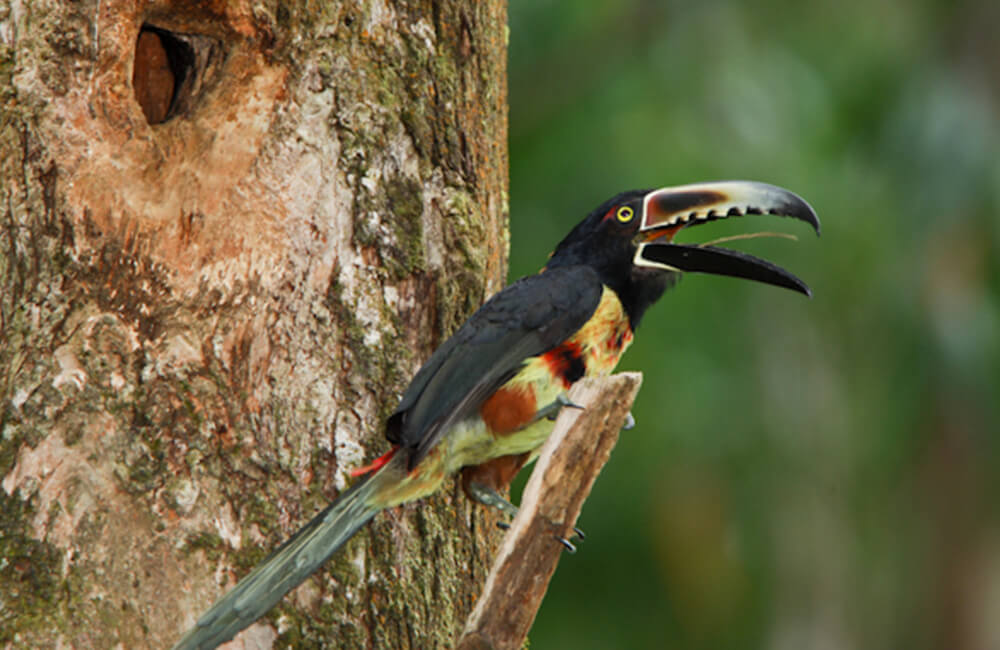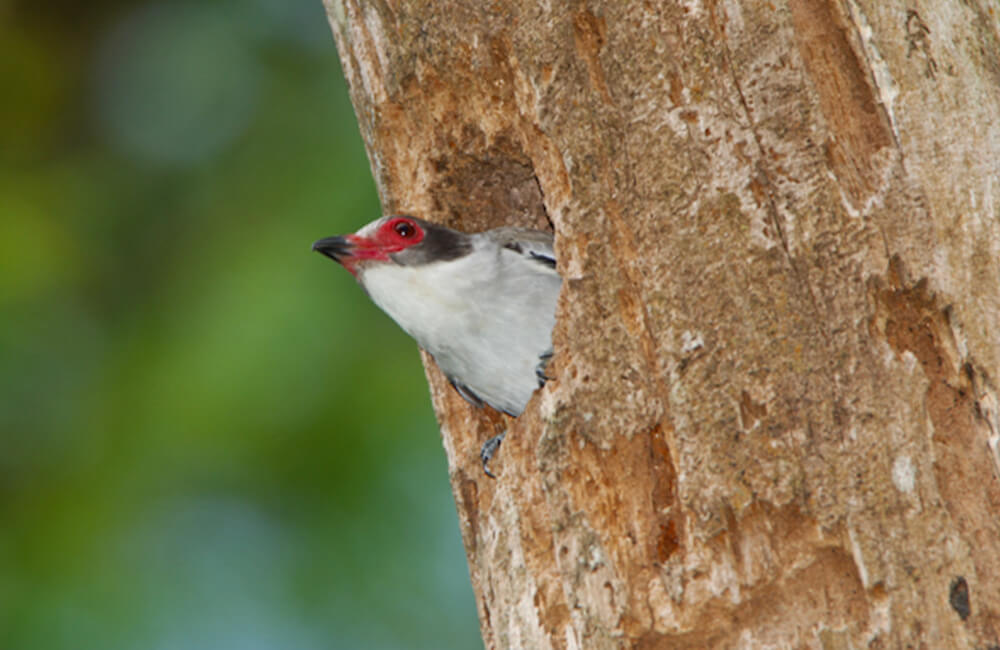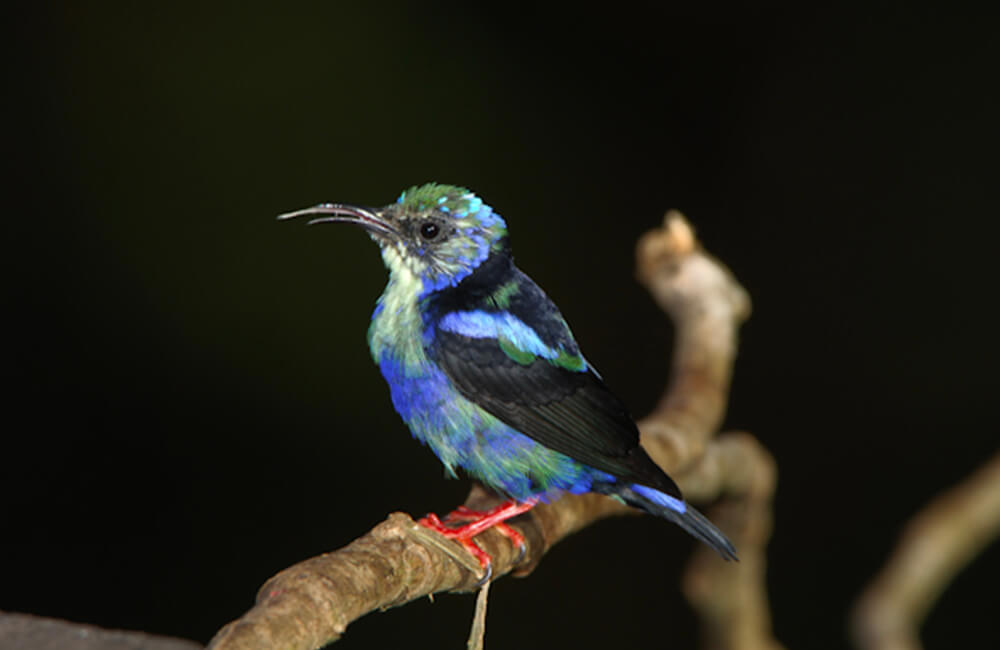There is nothing quite like standing close to a live volcano. Knowing that the immense power of nature can cause mighty destruction or create new life and land formations is awe-inspiring.
Since its catastrophic explosion back into life in 1968, the Arenal Volcano in Costa Rica has commanded respect. For 42 years, Arenal Volcano was Costa Rica’s most active volcano with flowing lava and explosions that attracted tourists by the tens of thousands from all over the world. Since 2010, Arenal Volcano has been in a resting phase with little activity.
Still, the sleeping giant fascinates visitors with its lava fields and occasional emissions of water vapor and gases.
The impressive, near-perfect cone of the 1,633 meter (5,358-foot) high Arenal Volcano is the most prominent feature of the Arenal Volcano National Park in Costa Rica.
Created in November 1991, the Arenal Volcano National Park covers an area of 30,000 acres(12,000 hectares), including four major climactic life zones, the dormant Cerro Chato Volcano and the Cerro Los Perdidos (“Lost Mountain”).
More than 500 bird species have been identified within the park – about 53% of all the birds of Costa Rica– making it an exciting destination for bird-watchers. There is a great variety of flora and other animals in the park, including three kinds of monkeys, red brocket deer, ocelots, pumas and tapirs.
When you visit the Arenal Volcano National Park, you can hike short trails – 3.4 km and 2 km – through the secondary forest to the lava fields and lookout points with spectacular panoramas of Arenal Volcano and surrounding landmarks. Park rangers keep watch on the volcanic activity, and will not hesitate to close trails or portions of the park if they feel that it is unsafe.
The entrance to the Arenal Volcano National Park is 16 kilometers (10 miles) from the town of La Fortuna, located on the same road to get to Arenal Observatory Lodge. The park is open daily from 8:00 a.m. to 4:00 p.m.
- White-nosed coatimundi (Nasua narica)
- Lowland paca or tepezcuintle (Agouti paca)
- Red brocket deer (Mazama americana)
- Anteater (Tamandua mexicana)
- Gray fox (Uroscyon cinereoargenteus)
- Peccary (Tayassu tajacu)
- Tayra (Eira barbara)
- Mantled howler monkey (Alouatta palliata)
- White-headed capuchin monkey (Cebus capucinus)
- Black-handed spider monkey (Ateles geoffroyi)
- Ocelot(Leopardus pardalis)
- Mountain lion (Puma concolor)
- Tapir (Tapirus bairdii)
- Trogons (Trogonidae)
- Three-wattled bellbird (Procnias tricarunculata)
- Bare-necked umbrella bird (Cephalopterus glabricollis)
- Great curassow (Crax rubra)
- Red-winged blackbird.
- Magpies
- Toucans
- Hummingbirds
- Woodpeckers
